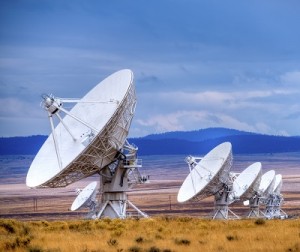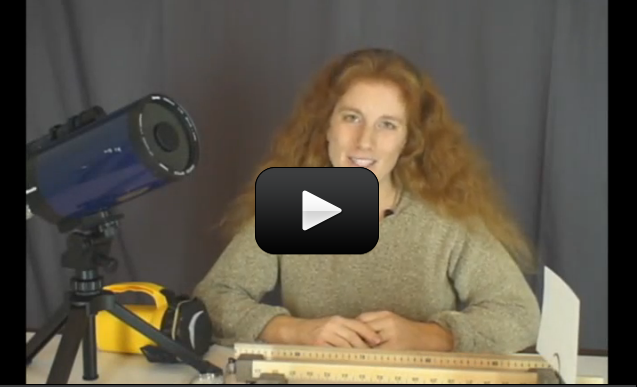Helioseismology is the study of wave oscillations in the Sun. By studying the waves, scientists can tell what’s going on inside the Sun. It’s like studying earthquakes to learn what’s going on inside the earth. The Sun is filled with sound, and studying these sound waves is currently the only way scientists can tell what’s going on inside, since the light we see from the Sun is just from the upper surface.
Molecules are vibrating back and forth at fairly high rates of speed, creating waves. Energy moves from place to place by waves. Sound energy moves by longitudinal waves (the waves that are like a slinky). The molecules vibrate back and forth, crashing into the molecules next to them, causing them to vibrate, and so on and so forth. All sounds come from vibrations.
Materials
- Musical instruments: triangles, glass bottles that can be blown across, metal forks, tuning forks, recorders, jaw harps, harmonicas, etc. Whatever you have will work fine.
[am4show have=’p8;p9;p17;p44;p67;p73;p96;’ guest_error=’Guest error message’ user_error=’User error message’ ]
Download Student Worksheet & Exercises
- Your teacher will pull out a bin of musical instruments of various types.
- Assign one student to be the noisemaker. The rest will listen with their eyes closed and record their observations.
- Everyone shuts their eyes except for the noise maker.
- The noisemaker selects an instrument and plays it once. Everyone else listens.
- The noisemaker selects another instrument and plays it once. Everyone listens.
- The noisemaker selects a third instrument and plays it once. Everyone listens.
- The noisemaker selects one of the three instruments and plays it as it moves. For example, if you’re playing the triangle, you can hit it and spin it. Or hit it as you are walking past the closed-eye listeners. Sound changes when the object is moving, so make the sound they hear appear to be different somehow.
- The noisemaker puts the instruments back and everyone opens their eyes and records their data in the table.
- Switch roles and find a new noisemaker for the next trial. Repeat steps 2-8.
What’s Going On?
The Sun is like the biggest musical instrument you’ve ever seen. A piano has 88 keys, which means you can play 88 different musical notes. The Sun has 10 million.
To play a guitar, you pluck one of the six strings. To play the piano, you hit a key and sound comes out. To play the flute, you blow across a hole. Drums require smacking things together. So how do you play the Sun?
Molecules are vibrating back and forth at fairly high rates of speed, creating waves. Energy moves from place to place by waves. Sound energy moves by longitudinal waves (the waves that are like a slinky). The molecules vibrate back and forth, crashing into the molecules next to them, causing them to vibrate, and so on and so forth. All sounds come from vibrations.
Waves are the way energy moves from place to place. Sound moves from a mouth to an ear by waves. Light moves from a light bulb to a book page to your eyes by waves. Waves are everywhere. As you sit there reading this, you are surrounded by radio waves, television waves, cell phone waves, light waves, sound waves and more. (If you happen to be reading this in a boat or a bathtub, you’re surrounded by water waves as well.) There are waves everywhere!
Do you remember where all waves come from? Vibrating particles. Waves come from vibrating particles and are made up of vibrating particles.
Here’s rule one when it comes to waves….the waves move, the particles don’t. The wave moves from place to place. The wave carries the energy from place to place. The particles however, stay put. Here are a couple of examples to keep in mind.
If you’ve ever seen a crowd of people do the “wave” in the stands of a sporting event you may have noticed that the people only “vibrated” up and down. They did not move along the wave. The wave, however, moved through the stands.
Another example would be a duck floating on a wavy lake. The duck is moving up and down (vibrating) just like the water particles but he is not moving with the waves. The waves move, but the particles don’t. When I talk to you, the vibrating air molecules that made the sound in my mouth do not travel across the room into your ears. (Which is especially handy if I’ve just eaten an onion sandwich!) The energy from my mouth is moved, by waves, across the room.
Convection starts the waves moving. You’ve seen convection when a hot pot of water bubbles up. You can even hear it when it starts to boil if you listen carefully. Just below the surface of the Sun, the energy that started deep in the core has bubbled up to the surface to make gigantic bubbles emerge that are bigger than the state of Alaska. It’s also a noisy process, and the sound waves stay trapped beneath the surface, making waves appear on the surface of the Sun. This makes the Sun’s surface look like it’s moving up and down.
Scientists use special cameras to watch the surface of the Sun wiggle and move, and they look for patterns so they can determine what’s going on down inside the Sun. Since the sound is inside the Sun under the part we can see, we use sound to discover what’s inside the Sun.
Have you ever heard the Sun? The video is an actual recording of the song of the Sun.
If you’ve ever been inside an unfurnished room, you’ve heard echoes indoors. Sound bounces all around the room, just like it does inside the surface of the Sun.
Can sound waves travel through space? No. Sound requires a medium to travel through, since it travels by vibrating molecules, and there aren’t enough molecules in space to do this with (there are a couple random ones floating around here and there, but way too far apart to be useful for sound waves).
If you have a slinky, take it out and stretch it out to its full length on the table or the ground, asking someone to help you hold one end. Now move the slinky quickly to the left and back again, and watch the wave travel down the length and return. Now move your end quickly up and then back down the table, making a longitudinal wave. When this wave finishes, take your end and shove it quickly toward your helper, then pull back again to make a compression wave. Point out to the student how when the wave returns, it’s an echo. That’s what happens inside the Sun when the sound waves hit the surface of the Sun. They don’t go through the surface, but get trapped beneath it as they echo off the inside surface of the Sun.
Exercises
- What did you notice that is different about the sounds you heard?
- How can you tell that two sounds are different that came from the same instrument? (Movement causes sound waves to sound different.)
- What did you notice about your guesses? What kind of instruments were you more correct about?
[/am4show]


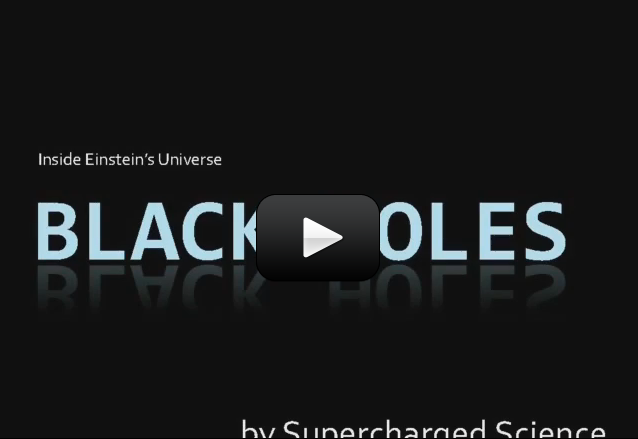
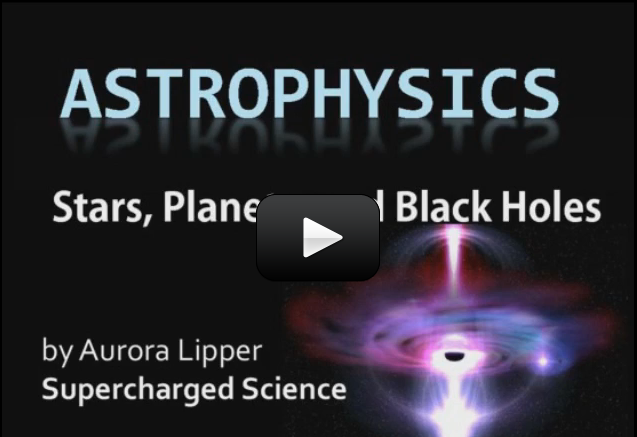

 The solar system is the place that is affected by the gravity our sun. Our solar system includes rocky terrestrial planets (Mercury, Venus, Earth, and Mars), gas giants (Jupiter and Saturn), ice giants (Uranus and Neptune), and assorted chunks of ice and dust that make up various comets and asteroids. The eight planets follow a near-circular orbit around the sun, and many have moons.
The solar system is the place that is affected by the gravity our sun. Our solar system includes rocky terrestrial planets (Mercury, Venus, Earth, and Mars), gas giants (Jupiter and Saturn), ice giants (Uranus and Neptune), and assorted chunks of ice and dust that make up various comets and asteroids. The eight planets follow a near-circular orbit around the sun, and many have moons.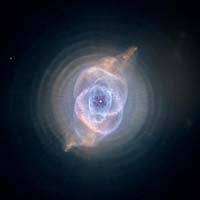 The nuclear reactions deep in the core transforms 600 million tons per second of hydrogen into helium. This gives off huge amounts of energy which gradually works its way from the 15 million-degree Celsius temperature core to the 15,000 degree Celsius surface.
The nuclear reactions deep in the core transforms 600 million tons per second of hydrogen into helium. This gives off huge amounts of energy which gradually works its way from the 15 million-degree Celsius temperature core to the 15,000 degree Celsius surface.
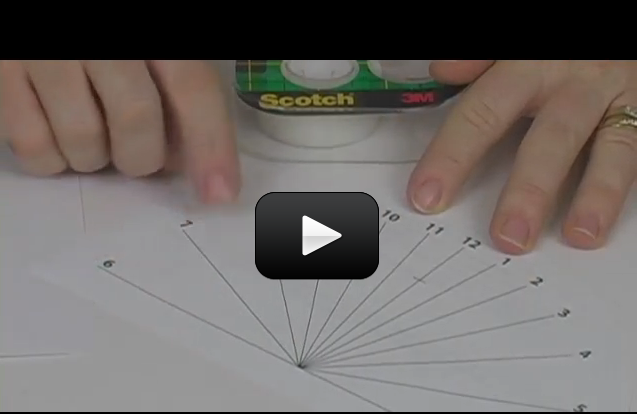
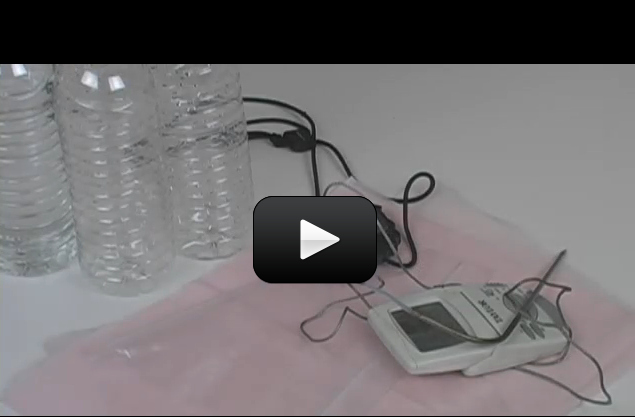
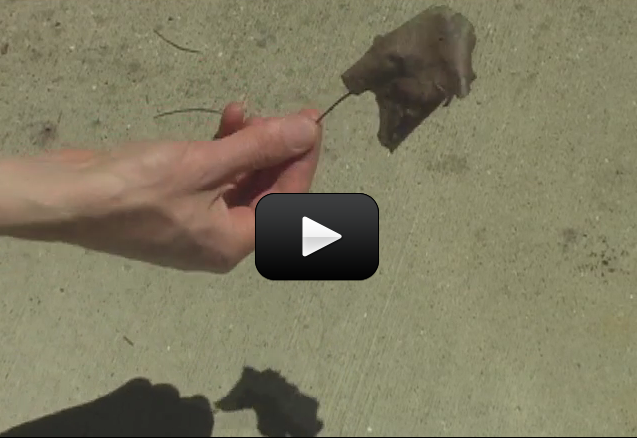
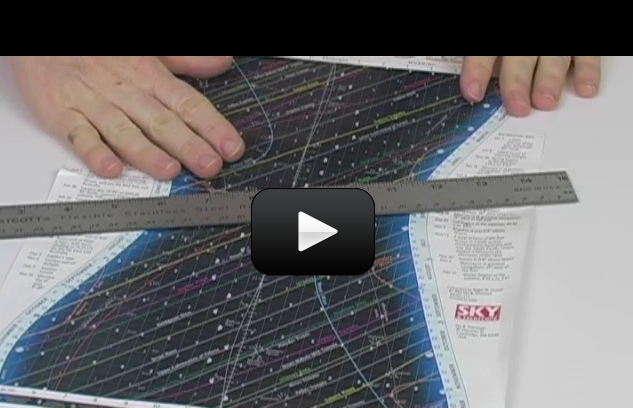
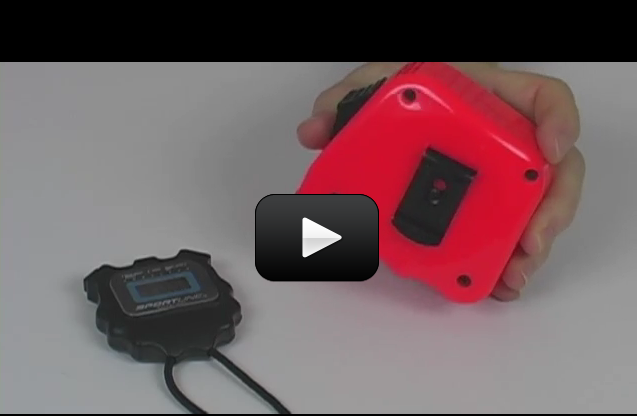


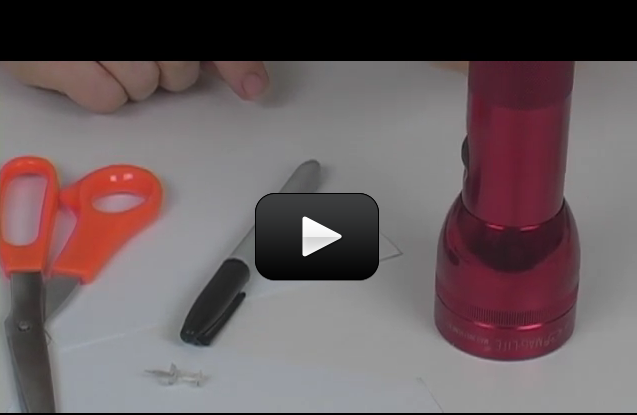
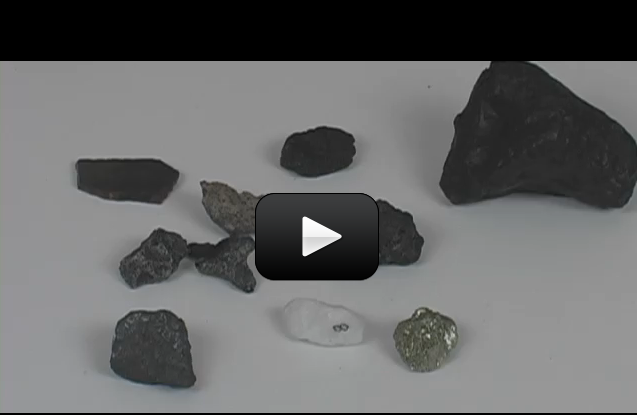
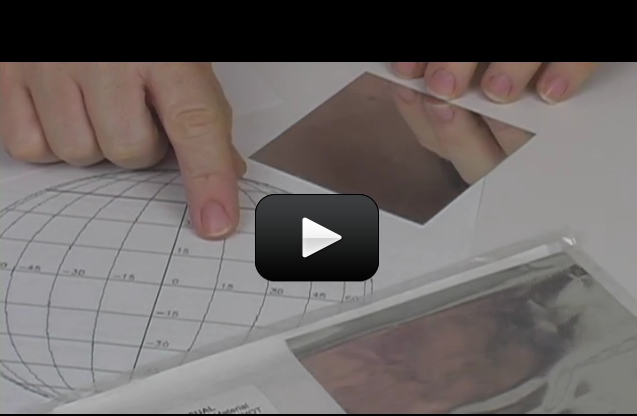
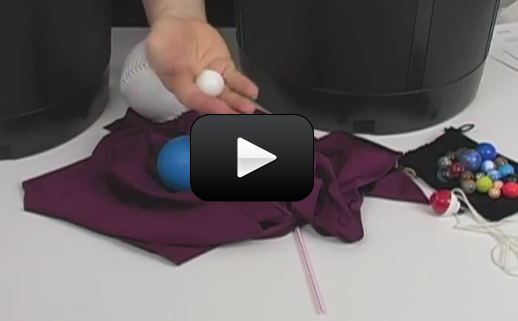
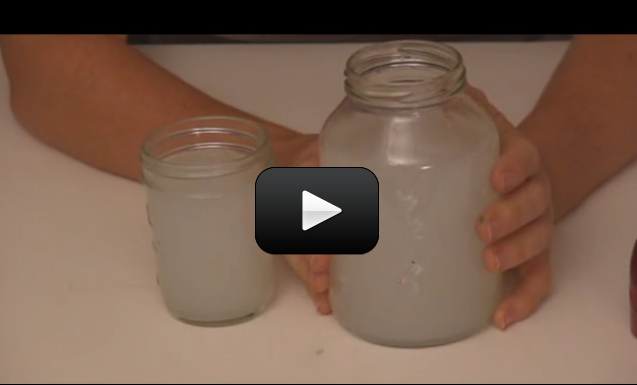
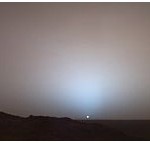
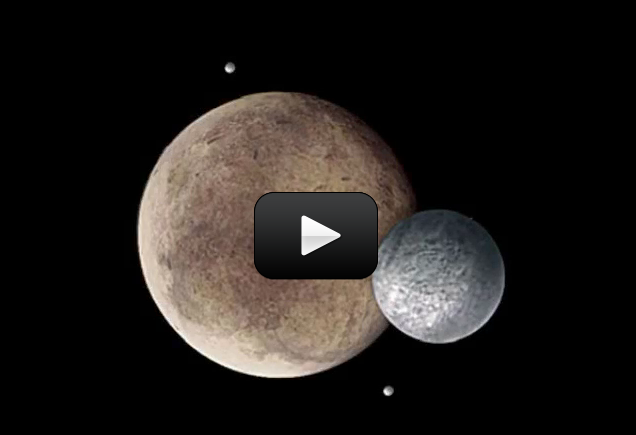
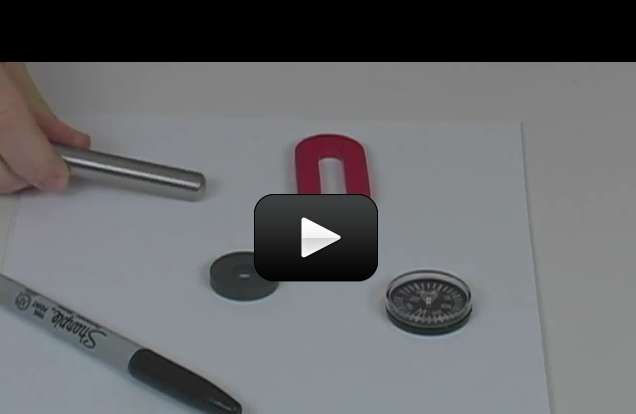

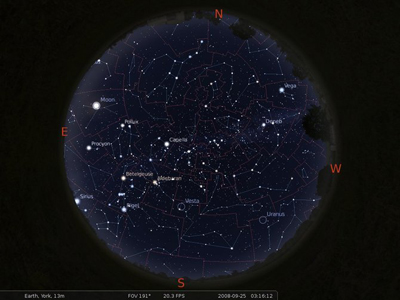

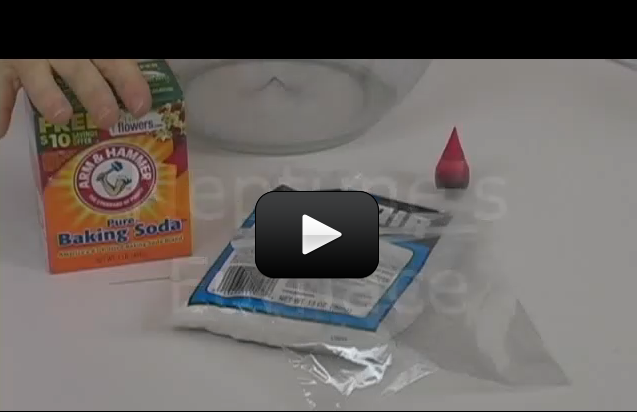
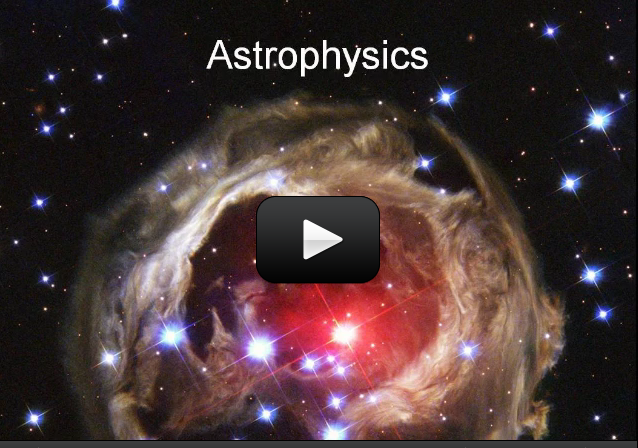
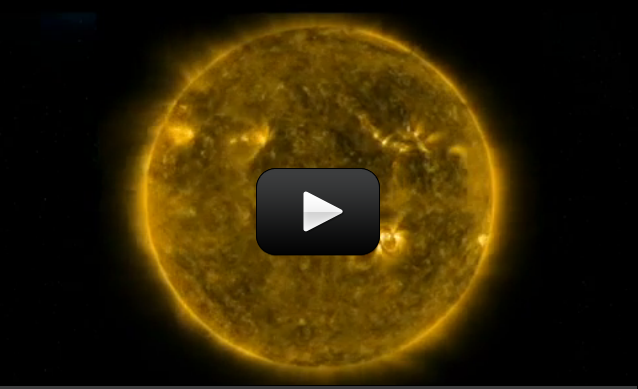
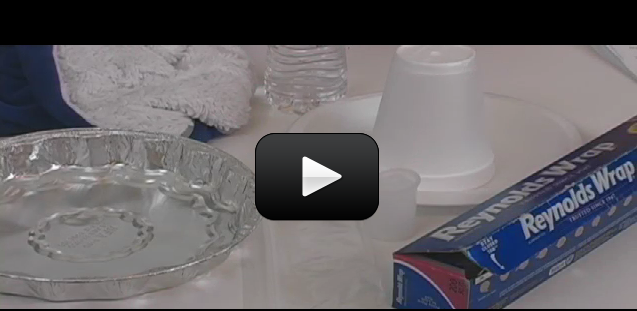
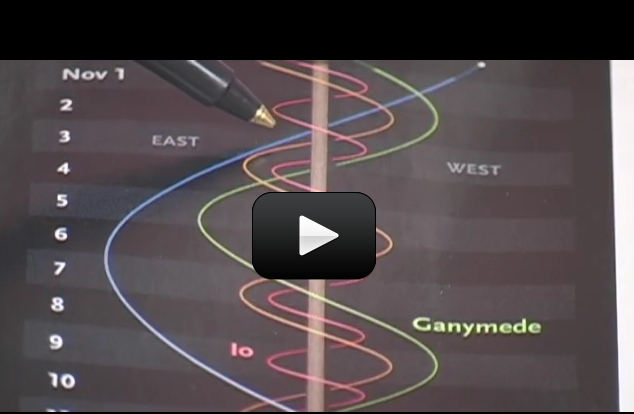
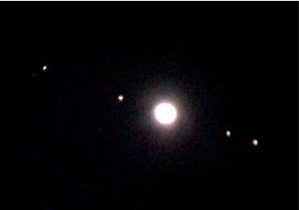
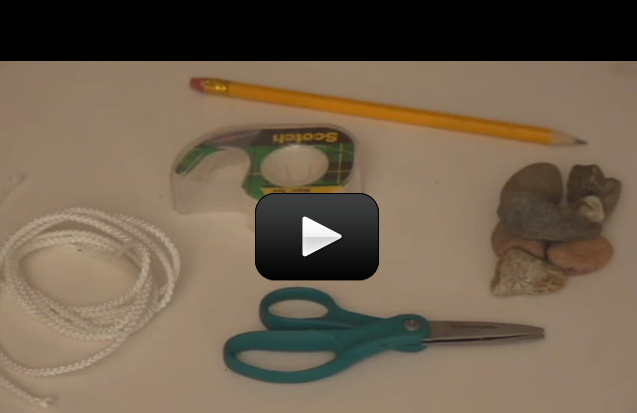

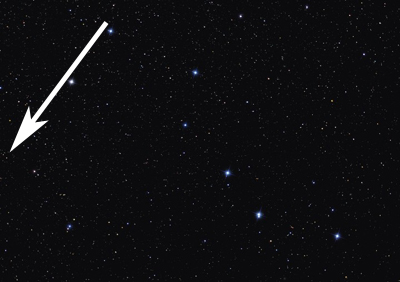
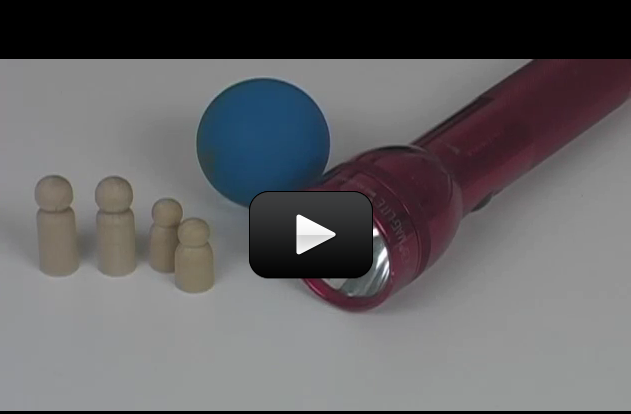
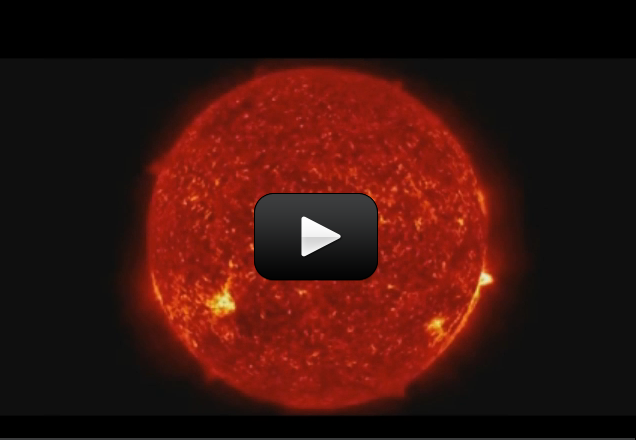

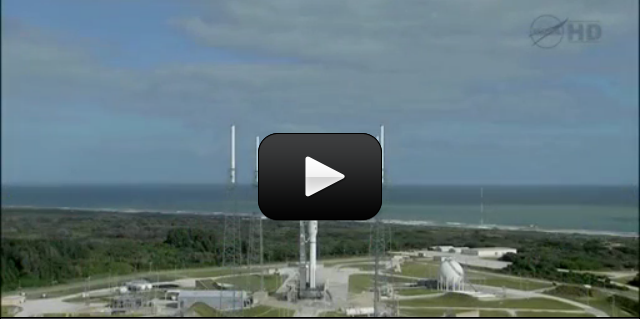
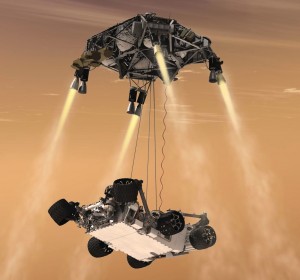
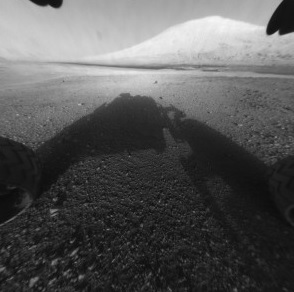
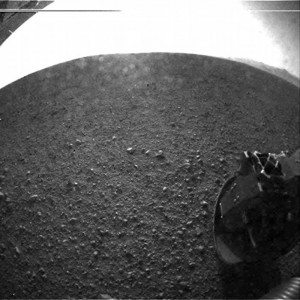
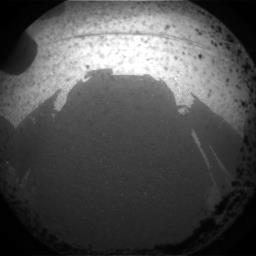
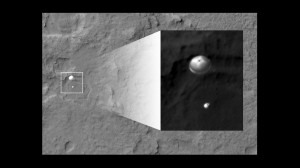
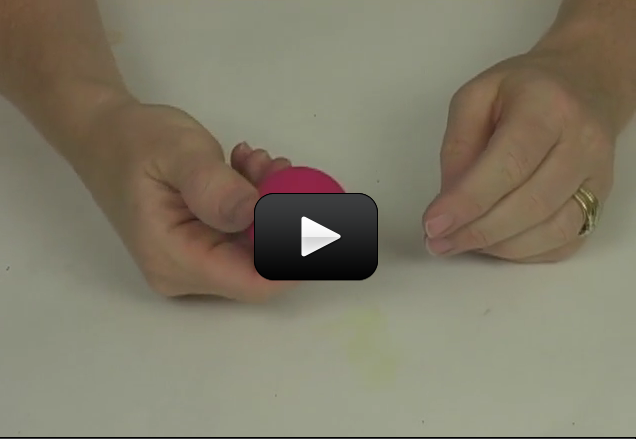

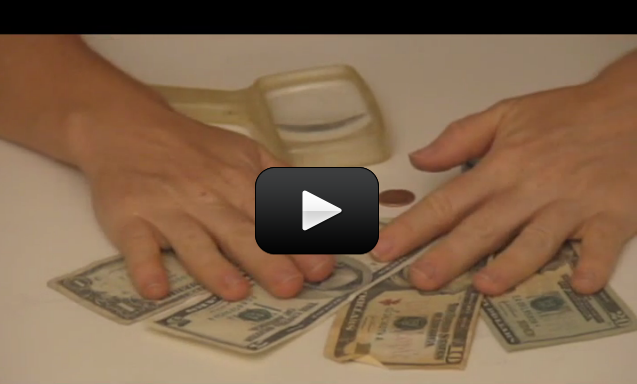
 Did you know you can create a compound microscope and a refractor telescope using the same materials? It’s all in how you use them to bend the light. These two experiments cover the fundamental basics of how two double-convex lenses can be used to make objects appear larger when right up close or farther away.
Did you know you can create a compound microscope and a refractor telescope using the same materials? It’s all in how you use them to bend the light. These two experiments cover the fundamental basics of how two double-convex lenses can be used to make objects appear larger when right up close or farther away.
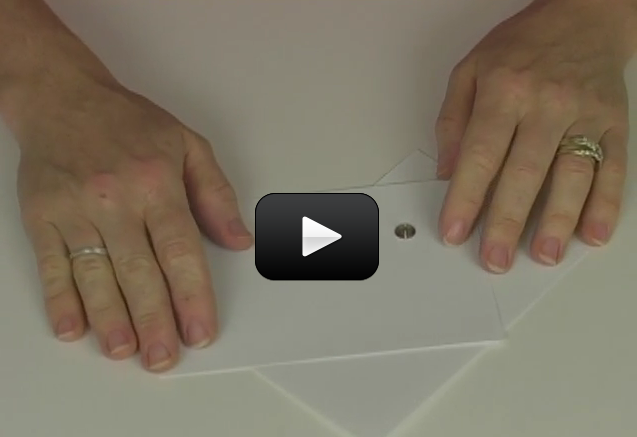
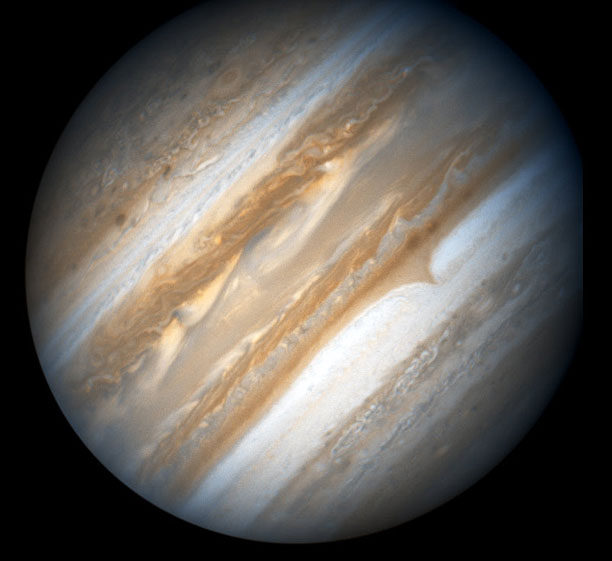

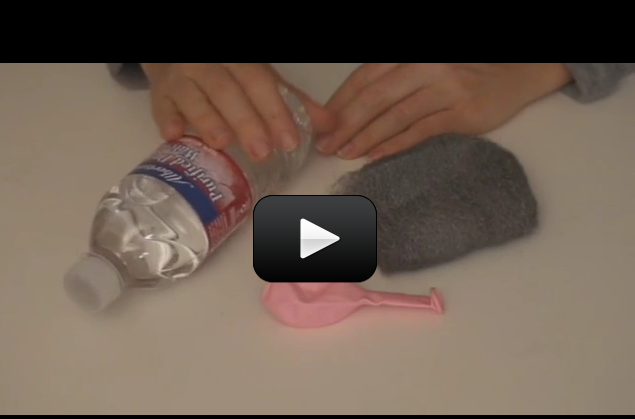




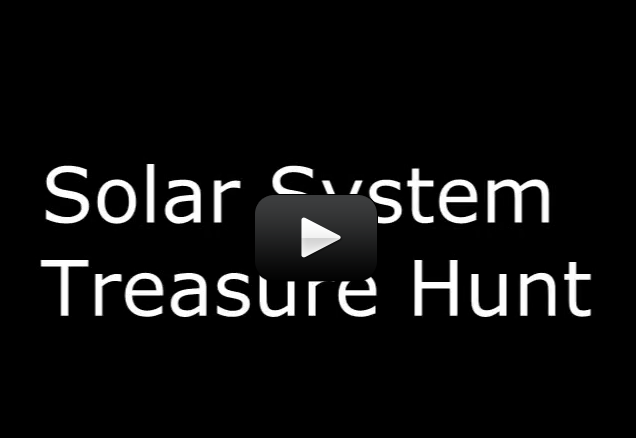



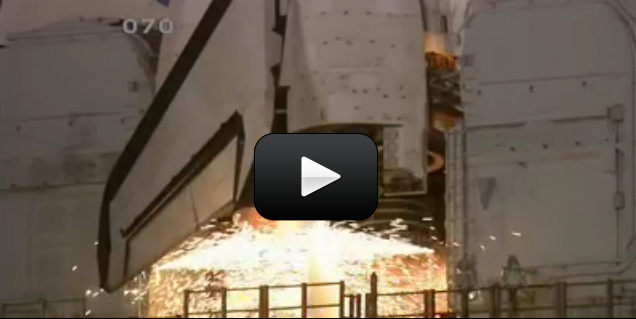
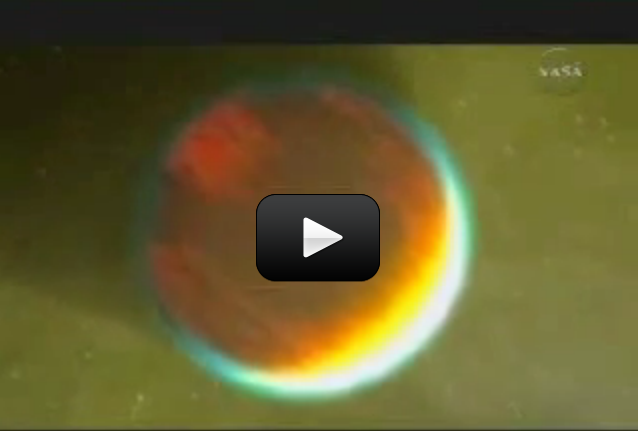
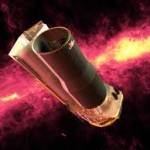 Lyman Spitzer was a theoretical physicist and astronomer who worked on star formation and plasma physics. The scape telescope named after him is equipped with infrared imaging capability that enables the telescope to see through dust and gas clouds to reveal what lies underneath.
Lyman Spitzer was a theoretical physicist and astronomer who worked on star formation and plasma physics. The scape telescope named after him is equipped with infrared imaging capability that enables the telescope to see through dust and gas clouds to reveal what lies underneath.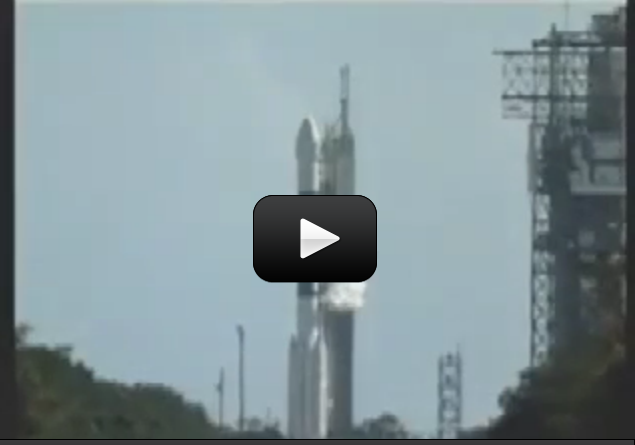
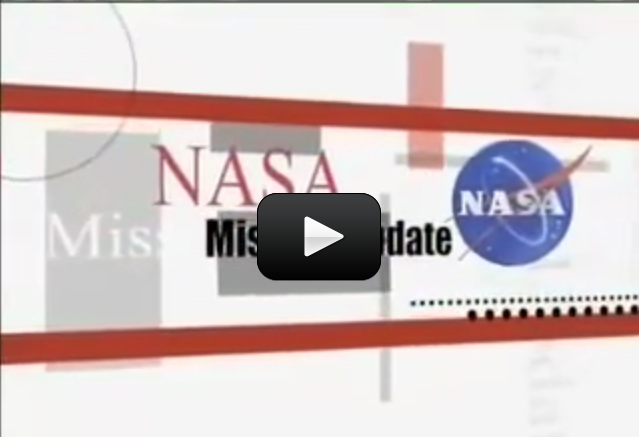
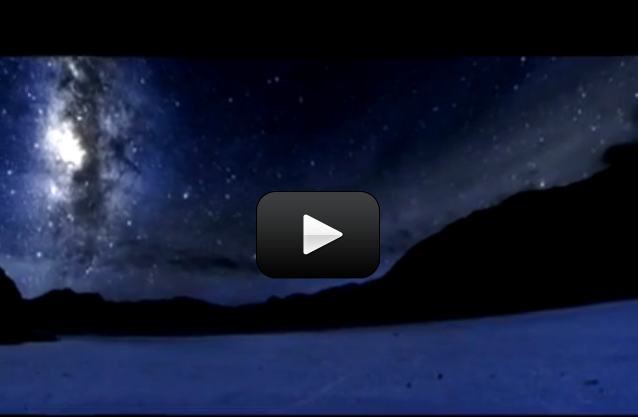

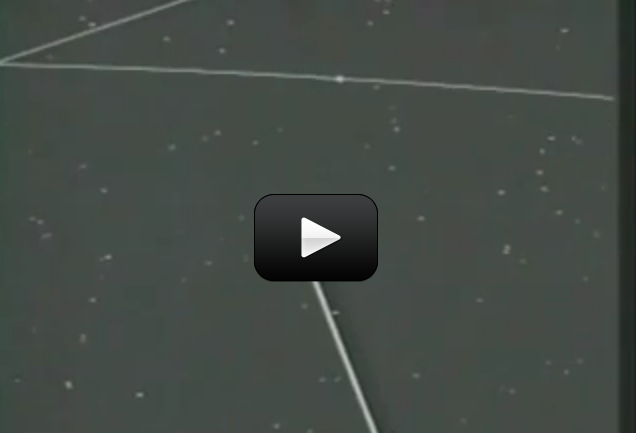
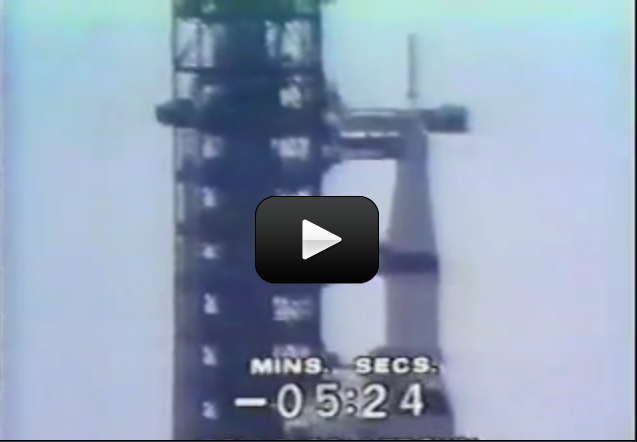
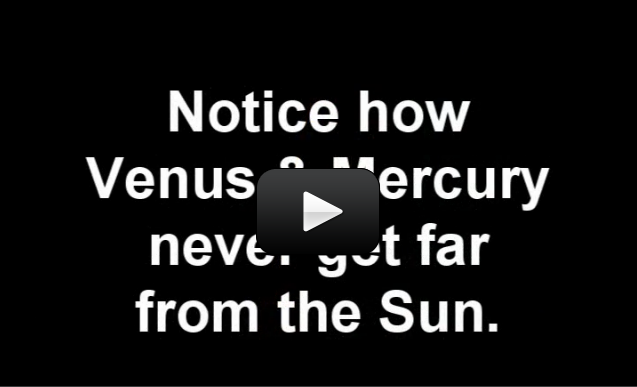
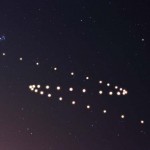 If you watch the moon, you’d notice that it rises in the east and sets in the west. This direction is called ‘prograde motion’. The stars, sun, and moon all follow the same prograde motion, meaning that they all move across the sky in the same direction.
If you watch the moon, you’d notice that it rises in the east and sets in the west. This direction is called ‘prograde motion’. The stars, sun, and moon all follow the same prograde motion, meaning that they all move across the sky in the same direction.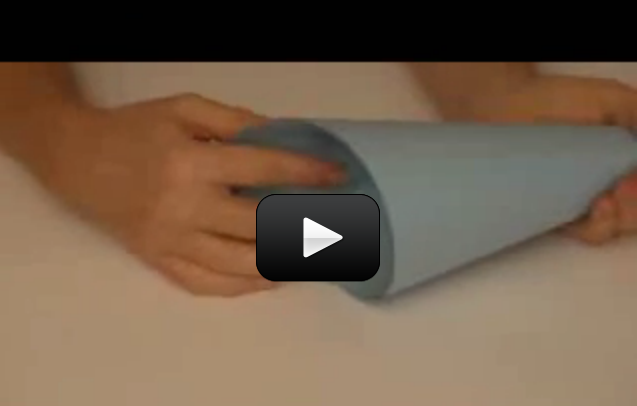
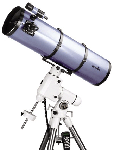

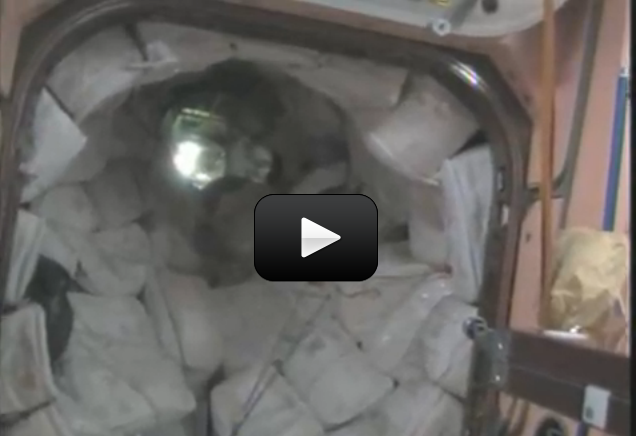
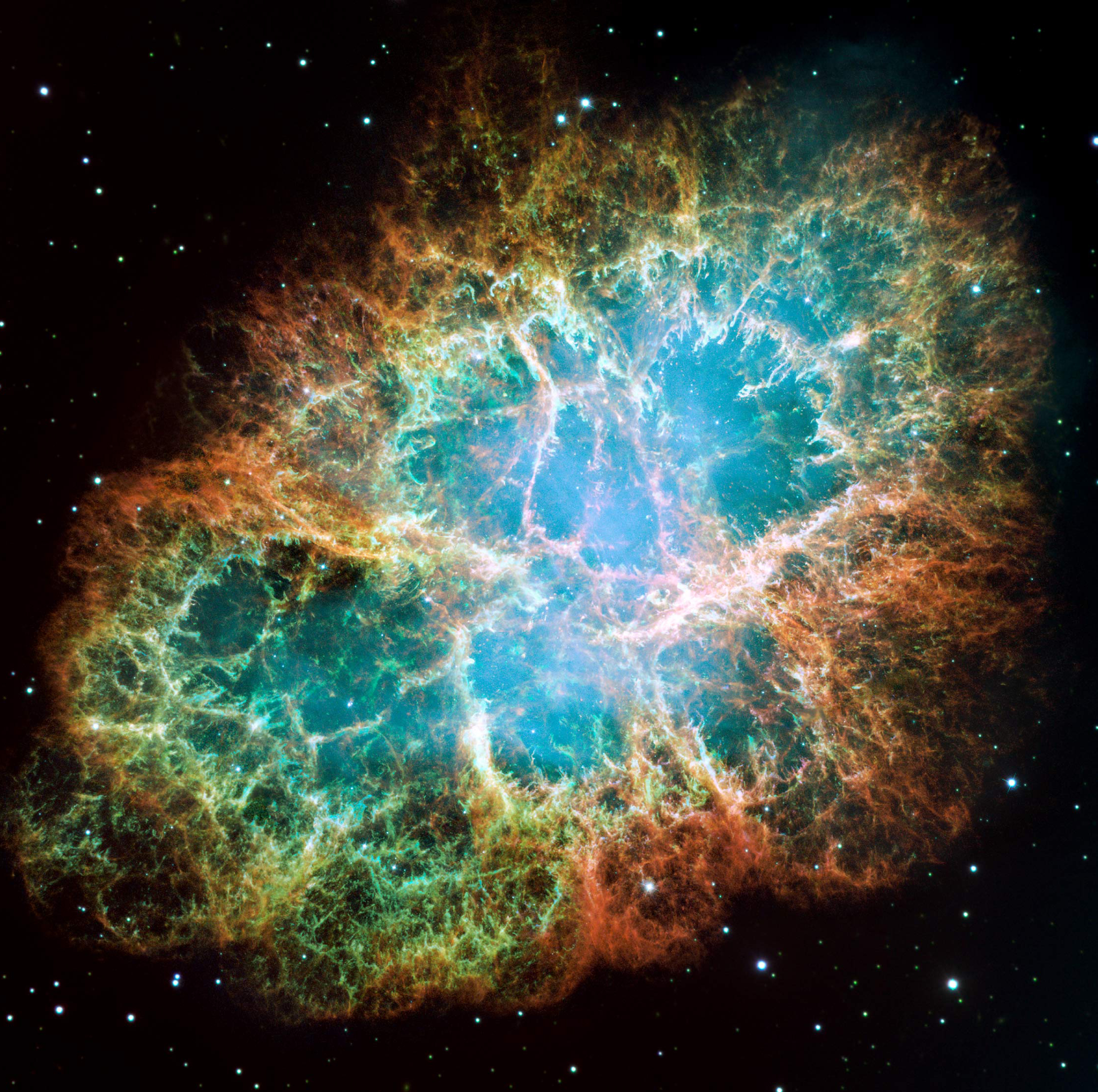
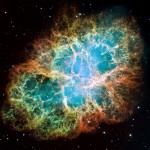 This lecture series is from an astronomy course at Ohio State. It’s a 20-week college-level course, so don’t feel like you’ve got to do it all in one night! You’ll learn about the solar system, planets, and universe through a well-organized set of lectures that really brings astronomy, human history, and current technology together. This content is appropriate for advanced students and above.
This lecture series is from an astronomy course at Ohio State. It’s a 20-week college-level course, so don’t feel like you’ve got to do it all in one night! You’ll learn about the solar system, planets, and universe through a well-organized set of lectures that really brings astronomy, human history, and current technology together. This content is appropriate for advanced students and above.
